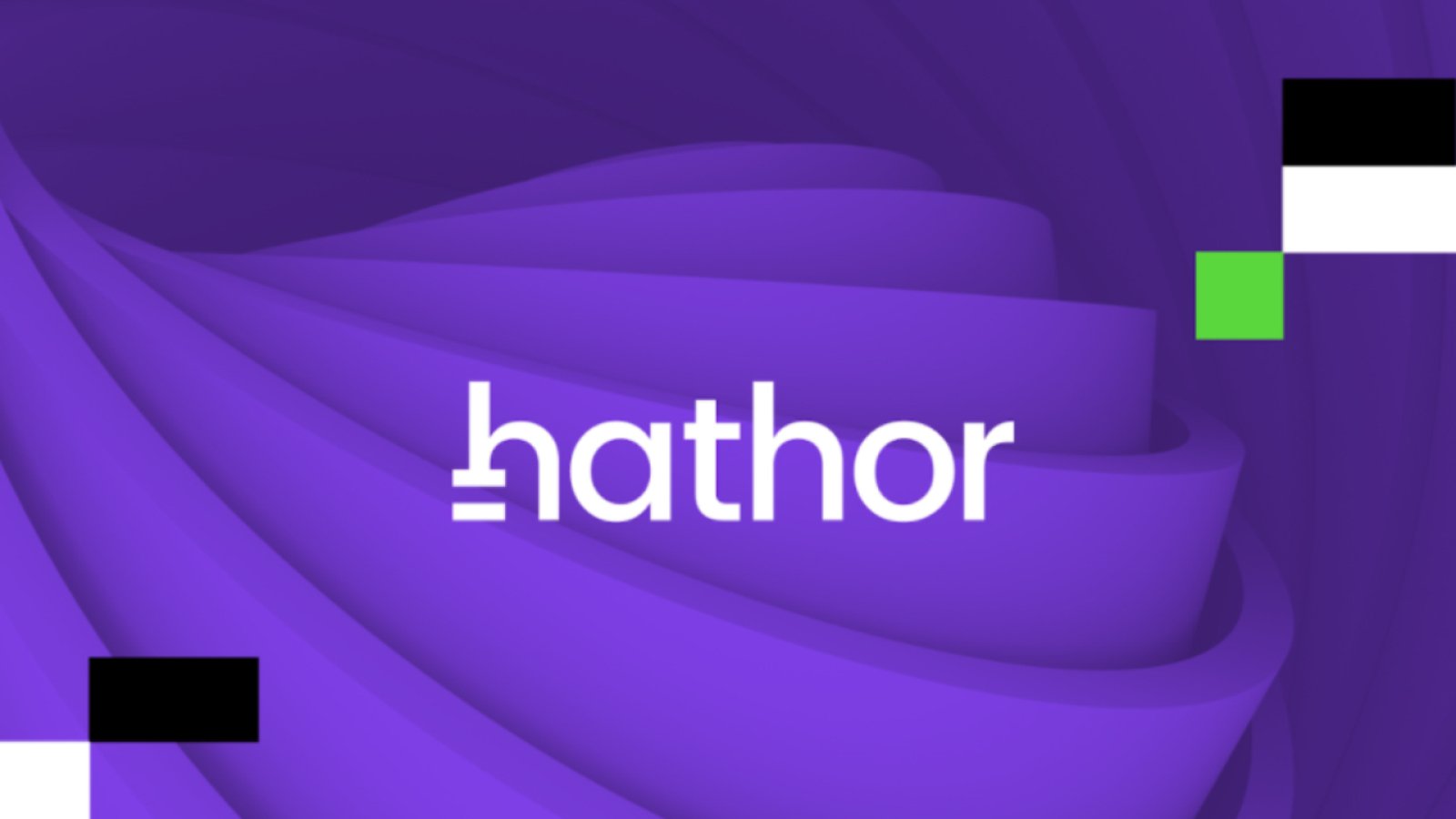
Blockchain technology has proven to be one of the greatest innovations on the internet in the past decade. Bitcoin has become one of the most popular assets moving from an afterthought to a legal tender accepted in countries like El Salvador.
The application of blockchain technology has become vast and widespread, with the potentials to transform the finance industry and bring innovative concepts. Furthermore, blockchain protocols capable of hosting smart contracts have allowed new concepts like decentralized .finance and NFTs that have captivated many in 2021.
Ethereum is regarded as the largest smart contract network but has faced problems of high transaction costs and slow confirmation times. Many blockchain proponents believe that the best way for blockchain technology to spread is via a platform that makes it easy for anyone to participate in building applications.
Leading the next generation blockchain movement
Hathor Network is a next-generation blockchain that focuses on ensuring everyone can build applications without technical knowledge. Projects can quickly develop applications and create tokens easily. It removes the complexity involved on other blockchain like gas fees, token standardization, and developers' better experience.
Developers are presented with an easy to use interface that even non-tech savvy individuals can navigate. While many networks require an advanced level of technical expertise to operate wallets and conduct transactions. Hathor has created a user interface that any modern internet user can deploy.
Hathor is built on Directed Acyclic Graph (DAG) and blockchain technology to achieve these unique features. DAG ensures transactions can be linked together and increases energy efficiency that ensures that transaction fees stay low.
Merged mining is an innovative consensus mechanism with Proof-of-Work blockchains that enables more than one crypto to be mined without using additional energy. Miners have an extra incentive since they can mine Bitcoin and Hathor without spending extra on mining rigs. This ensures that Hathor network is secured as miners get rewarded with HTR tokens.
The rapidly expanding DeFi ecosystem is also supported on Hathor Network. Projects and individuals can leverage the powerful architecture of Hathor to build custom tokens, and all that is needed is to lock 1 HTR for every 100 units of the new token.
NFTs can also be minted on Hathor Network for low fees, and users can create artworks that can be sold on a dedicated marketplace.
Like all technology, Hathor continues to evolve
Another crucial aspect of a blockchain protocol is the number of use-cases that it has. Hathor has been used to build several decentralized solutions that cut across several applications. These include NFT platforms 9Block and Dropull. Other platforms include AfferoFlow, Databoi, Anubians, EON and WorkAxle.
Hathor also intends to launch a decentralized exchange called HathorSwap that will provide users with different features like staking, yield farming, and liquidity mining. On the partnership end, the blockchain protocol has collaborated with Simplex to create a crypto debit card. Its native token HTR is also listed on popular hardware wallet Ledger, and users can access their tokens within its platform.
As more blockchain applications get built on Hathor, the utility of its token HTR will increase alongside its value. Hathor token HTR has is listed on several platforms, including Kucoin, AscendEX, Coinmetro, SimpleSwap and more. To learn more about the project, visit the links.
Company details
-
OrganizationHathor Network
-
Website:
Disclaimer:Disclaimer: This is sponsored content. The information on this page is not endorsed or supported by U.Today, and U.Today is not responsible or liable for any inaccuracies, poor quality, advertising, products or other materials found within the publication. Readers should do their own research before taking any actions related to the company. U.Today is not responsible, directly or indirectly, for any damage or loss caused or alleged to be caused by or in connection with the use of or reliance on any content, goods or services mentioned in the article.
 Vladislav Sopov
Vladislav Sopov